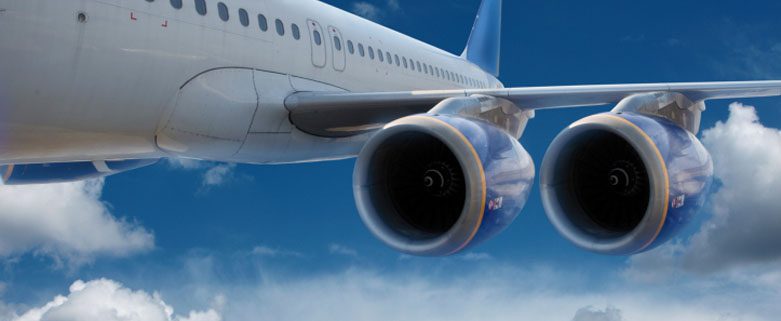Strong winds are already becoming more and more common for planes making their journeys across the North Atlantic, but new research has revealed these flights could begin to experience more turbulence.
A study, published this week in the journal Nature Climate Change, is suggesting passengers and flights could expect to be bounced around more frequently and stronger than ever by the middle of this century.
Though this will cause some discomfort for passengers, there are added financial fears to consider when dealing with a ‘bumpier airspace’.
“It’s certainly plausible that if flights get diverted more to fly around turbulence rather than through it then the amount of fuel that needs to be burnt will increase,” one of the study’s lead authors, Dr Paul Williams, told BBC reporters.
“Fuel costs money, which airlines have to pay, and ultimately it could of course be passengers buying their tickets who see the prices go up,” Williams added.
Researchers concentrated their study on the North Atlantic corridor, which sees up to 600 flights cross between Europe and the Americas daily. A supercomputer was used to stimulate expected changes to air currents above 10km in altitude.
The findings showed that these currents have been blowing more strongly and, in certain situations, coupled with the Earth’s warming climate could cause instabilities associated with turbulence.
“Moderate or greater turbulence’ has a specific definition in aviation. It is turbulence that is strong enough to bounce the aircraft around with an acceleration of five metres per second squared, which is half of a g-force. For that, the seatbelt sign would certainly be on; it would be difficult to walk; drinks would get knocked over; you’d feel strain against your seatbelt.”
The study, looking at the future of aviation turbulence, is believed to be the first of its kind. Although cost figures of damage, injuries and post-incident enquiries are difficult to predict, the cost of air turbulence in the region is expected to reach $150 million a year.







